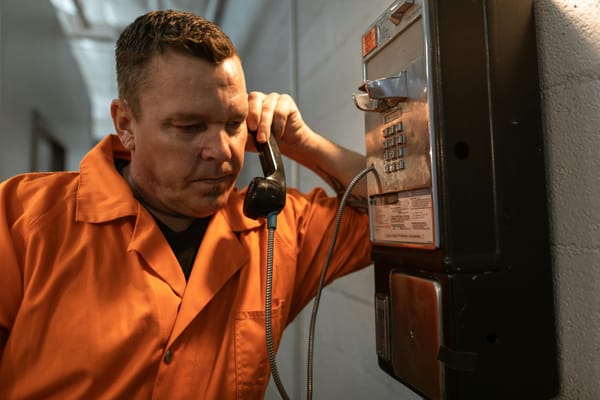Panelists on NTIA Broadband Webinar Say Smart Buildings Boost Civic Resiliency and Public Health
WASHINGTON, January 16, 2020 – Speakers advocated civic resiliency and better public health through smart building infrastructure in a webinar discussion hosted by the National Telecommunications and Information Administration on Wednesday. Limor Schafman, senior director of Smart Buildings Programs

WASHINGTON, January 16, 2020 – Speakers advocated civic resiliency and better public health through smart building infrastructure in a webinar discussion hosted by the National Telecommunications and Information Administration on Wednesday.
Limor Schafman, senior director of Smart Buildings Programs at the Telecommunications Industry Association, said as buildings digitize, human experience will improve.
“A smart building uses an interoperable set of technology, systems and infrastructure to optimize building performance and occupant experience,” said Schafman. Smart buildings are not just for megacities. Rather, everyone shares resiliency and wellness concerns, and smart buildings are the answer, she said.
The purpose of a broadband-focused smart building is to digitize the infrastructure while maintaining occupants’ needs at the forefront of the innovation. Smart building infrastructure includes a focus on basic infrastructure, connectivity, power and energy, data, interoperable systems, and intelligence and cognition, said Schafman.
Smart buildings function through wireless or fiber connection and streamline data sharing across departments, combating or inter-departmental stagnation.
Wireless infrastructure also solves the problem of spaghetti wiring, said Benny Lee, Councilman and Director of San Mateo County Public Wi-Fi, in Northern California.
While wired building need dozens of switches on every floor, wireless buildings only need one or two.
Most 5G deployments using higher radio frequencies pose problems because such signals cannot travel through walls, said Lee. The “FCC has been discussing adding 6 [GigaHertz] spectrum to Wi-Fi, which promises connectivity speeds upwards of 5 [Gigabits per second]s,” he said.
Jiri Skopek, of a group called 2030 District Networks, argued that smart buildings save money while improving occupants’ quality of life. Speaking of smart buildings, he said, “we expect them now to respond to our needs, and even our wishes.”
Productivity increases, he said, because users can control the environment: lighting, air quality, temperature, occupancy sensing, shade control, white noise control, etc. These factors foster health and convenience.
Because smart buildings operate through microgrids, Skopek said, they run on direct current, which can integrate renewable energy.
In the case of natural disasters or emergencies, first responders can arrive quicker and know where the exact danger area is.
Schafman said municipalities can view the status of the building’s infrastructure because it has a virtual image. The buildings can also be run remotely, added Skopek.










